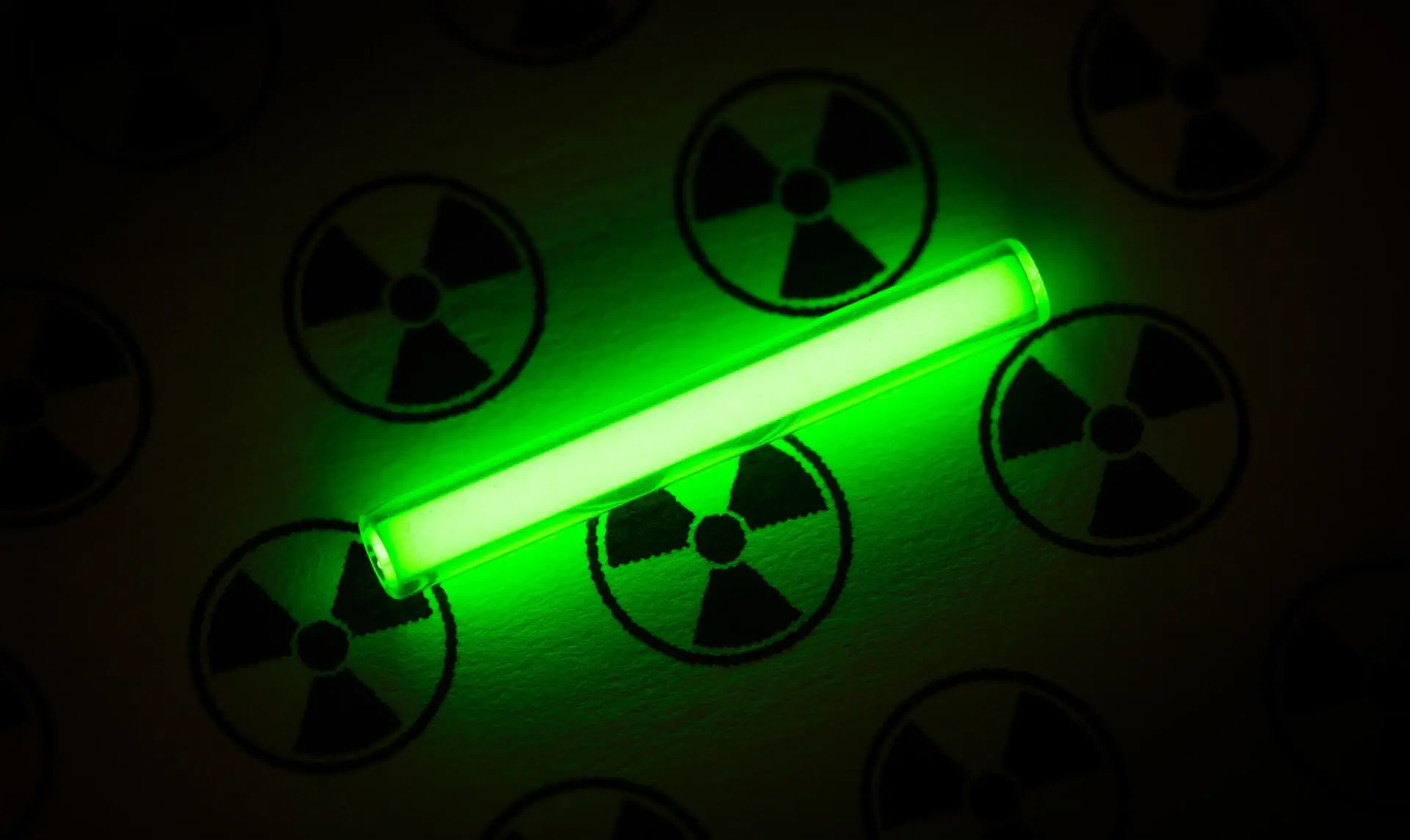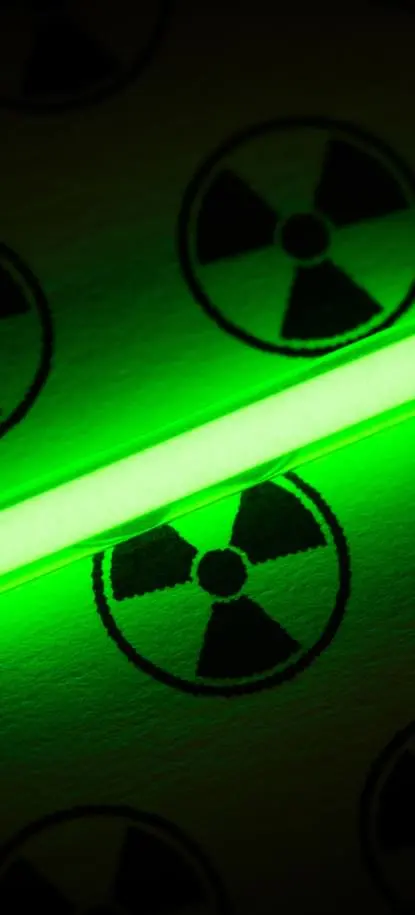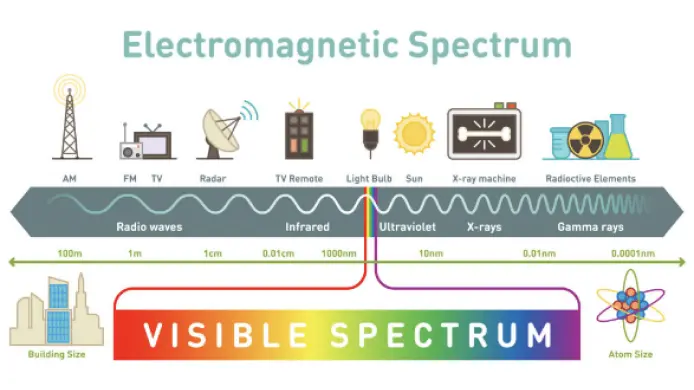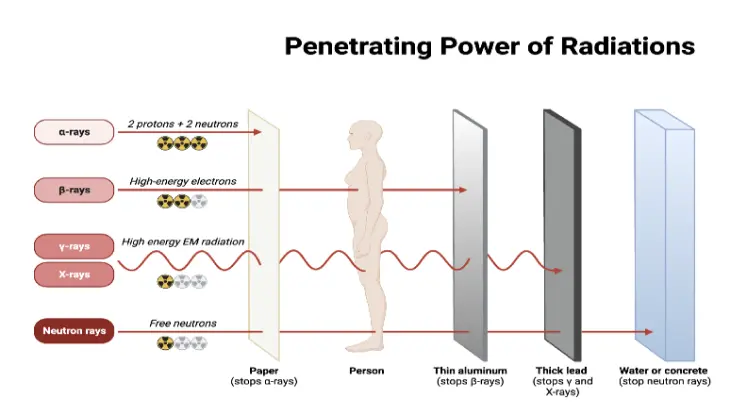




Quick Links:







Everyone is continuously exposed to background radiation in daily life. However, beyond this natural background, human activities also generate radiation and radioactive materials.
Therefore, while understanding the potential risks associated with radiation exposure is crucial, it’s equally important to acknowledge its valuable applications in various aspects of our lives.

Ionizing radiation is a type of energy released by atoms that travels in the form of electromagnetic waves (gamma or X-rays) or particles (neutrons, beta or alpha). The spontaneous disintegration of atoms is called radioactivity, and the excess energy emitted is a form of ionizing radiation. Unstable elements which disintegrate and emit ionizing radiation are called radionuclides.
All radionuclides are uniquely identified by the type of radiation they emit, the energy of the radiation, and their half-life. The half-life is the time required for the activity of a radionuclide to decrease by decay to half of its initial value. The half-life of a radioactive element is the time that it takes for one half of its atoms to disintegrate. This can range from a mere fraction of a second to millions of years (e.g. iodine-131 has a half-life of 8 days while carbon-14 has a half-life of 5730 years).
The radioactivity of a substance, or how “active” it is radioactively, is measured in either curies (Ci) or Becquerel’s (Bq). Both are measures of the number of decays per second, or how often an atom in a given sample will undergo radioactive decay and give off a particle or photon of radiation. The curie (1 Ci equals about 37,000,000,000 decays per second) is named after Marie and Pierre Curie, and is equal to roughly the activity of one gram of radium, which they studied. The Becquerel is the SI unit for radioactivity. One Bq equals one decay per second. The Bq is the SI unit, though the curie remains widely used throughout the US in both government and industry.
| Source | Exposure (U.S. Average) |
|---|---|
| External Background Radiation | 0.54 mSv y-1 |
| Natural K-40 and Other Radioactivity in Body | 0.29 mSv y-1 |
| Air Travel Round Trip (NY-LA) | 0.05 mSv |
| Chest X-Ray Effective Dose | 0.10 mSv per film |
| Radon in the Home | 2.28 mSv y-1 |
| Man-Made (medical x rays, etc.) | 3.14 mSv y-1 |
The term“radiation” is very broad, and includes such things as light and radio waves. In our context it refers to “ionizing” radiation, which means that because such radiation passes through matter, it can cause it to become electrically charged or ionized. In living tissues, the electrical ions produced by radiation can affect normal biological processes. There are various types of radiation, each having different characteristics.

Although we cannot see or feel the presence of radiation, it can be detected and measured in the most minute quantities with quite simple radiation measuring instruments.
Radiation can harm living tissue by directly altering cell structures and damaging DNA, the genetic material within cells. The severity of this damage depends on:
Most cellular damage caused by radiation is repairable. However, in some cases, this repair process may be incomplete, potentially leading to:
Although such levels of exposure rarely happen, a person who is exposed to a large amount of radiation all at one time could become sick or even die within hours or days. This level of exposure would be rare and can happen only in extreme situations, such as a serious nuclear accident or a nuclear attack.